Bullying
Bullying is a serious form of mistreatment that can make your community unsafe for staff, volunteers, members, and other participants, even if they are not the direct targets of the behavior. Bullying, like harassment, can have short and long term effects on the target including post-traumatic responses, depression, anxiety, chronic fear and somatic symptoms. Though not required by federal or state law, a Policy aiming to cultivate a safer, more respectful, more equitable organization should acknowledge the seriousness of bullying and its toxicity.
Defining Bullying
Bullying is repeated or targeted mistreatment of others that includes one or more of the following:
-
- Physical intimidation, such as invading someone’s space or standing over someone
- Psychological or emotional abuse, such as humiliating, controlling, isolating, frightening, or gaslighting
- Verbal abuse including name calling, mocking, or directing profanity towards someone
- Written or electronic abuse (e.g., social media or cyber bullying)
- Undermining or intentionally interfering with someone’s work or participation in programs or services
Bullying subjects someone to unwelcome, offensive behavior or makes tolerating such behavior a condition of employment or participation in organizational life. Bullying behavior often takes place repeatedly with cumulative effect, but can also occur as severe, one-time actions. While harassment and discrimination are based on a person’s identity, such as one’s race or gender, bullying is not based on one’s identity but occurs for any reason, or no reason at all.
Considerations
Legal Requirements
Your Subtitle Goes Here
Bullying is not unlawful under federal law or in any of the 50 states as of this writing,1 but it may be unlawful in some local jurisdictions, so consult with your legal counsel to ensure compliance with any applicable local laws.
1 California does require that mandatory training include coverage of abusive behavior (i.e., workplace bullying).
Organizational Values
Your Subtitle Goes Here
Bullying is corrosive and disruptive, undermines safety and respect in an organization, and may precede or co-occur with unlawful discrimination and harassment. A commitment to a safe, respectful, and equitable organization should acknowledge the seriousness of bullying and its toxicity. Because it is not unlawful, some organizations minimize such behaviors and say that something is “just bullying,” but the harm bullying causes to individuals and organizations is profound and well-documented. Research demonstrates that bullying can create a climate of fear and resentment, experienced beyond the person or people who are bullied2, and can lead to morale, retention and productivity issues3.
Including bullying as a form of prohibited conduct in your Policy signals that you take a holistic view of the well-being of your entire kehillah or community.
Keep in mind that bullying behavior can be disregarded or minimized when it is committed by high-performing or prominent members of the organization, including lay leaders and donors. Since holding someone with power accountable can be difficult, including a prohibition against bullying can help prevent those who bully from being inadvertently protected.
2 Harris, K. J., Harvey, P., Harris, R. B. & Cast, M. (2013). An investigation of abusive supervision, vicarious abusive supervision, and their joint impacts. Journal of Social Psychology, 153, 38-50.
3 Lutgen-Sandvik, Pamela; Namie, Gary; Namie, Ruthie; “Workplace Bullying: Causes, Consequences, and Corrections.” Destructive Organizational Communication, Imprint Routledge, 1st edition, 2009, pg. 26. eBook ISBN 9780203928554.
Capacity
Your Subtitle Goes Here
While we strongly encourage including bullying as a form of prohibited conduct in your Policy, we recognize that some organizations may begin by including only the minimum prohibited behaviors required by law, omitting bullying for now. Or you may decide to invest now, at the outset of your process, in a Policy that prevents and responds to all abusive behaviors, not just those based on legally protected classes. Whatever you decide, make sure your organization has the ability and will to enforce the Policy.
Drafting
Now that you have a basic understanding of what bullying is and what it can look like at your organization, the next step is to draft your prohibition against bullying for your Policy.
Below you’ll see an option for an anti-bullying Policy with examples for those who want their Policy to serve as an educational tool. It includes the following key components:
- a clear definition with examples
- an explanation that protection from bullying extends not just to the target of the harassment but to third parties as well
- the consequences for bullying
- a sentence stating that reasonable supervisory practices, including performance management and discipline, are not, by themselves, bullying.4
We also include an option for add-on language to your anti-harassment Policy for those who aim for a briefer Policy.
All of the sample policy language for bullying is in blue to reflect the fact that its inclusion in your policy is not required by federal or state law, but is strongly encouraged as part of your efforts to create a safer, more respectful, more equitable organization.
Comprehensive Bullying Policy
Addition to Anti-Harassment Policy
4 Organizations may hesitate to include workplace anti-bullying policies because they might prompt claims that critical performance reviews or “tough but fair” feedback constitute “bullying,” but a workplace anti-bullying Policy does not preclude a supervisor providing critical performance-based feedback, discipline, or coaching.



